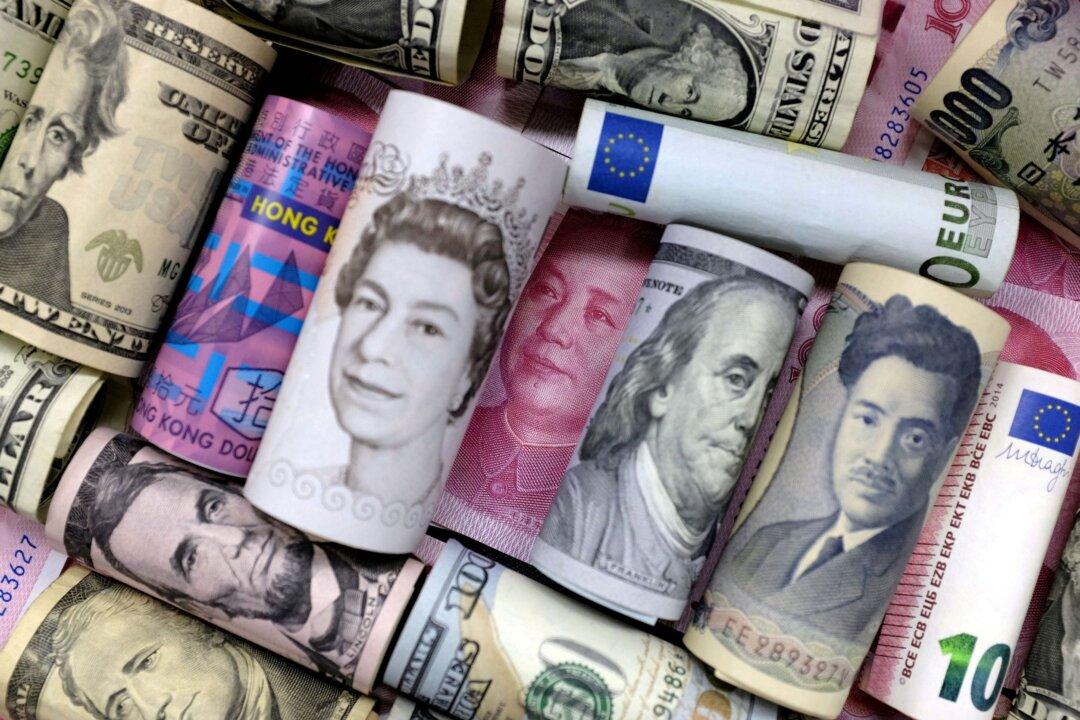At a time when the U.S. government is witnessing lackluster domestic interest in bonds, foreign investors are also limiting their exposure to American debt, new data show.
Foreign investment—central banks, financial institutions, and private investors—into U.S. government debt tumbled by about $100 billion to $7.605 trillion in September, according to the Treasury Department’s monthly TIC report. That includes bonds, notes, and T-bills.





